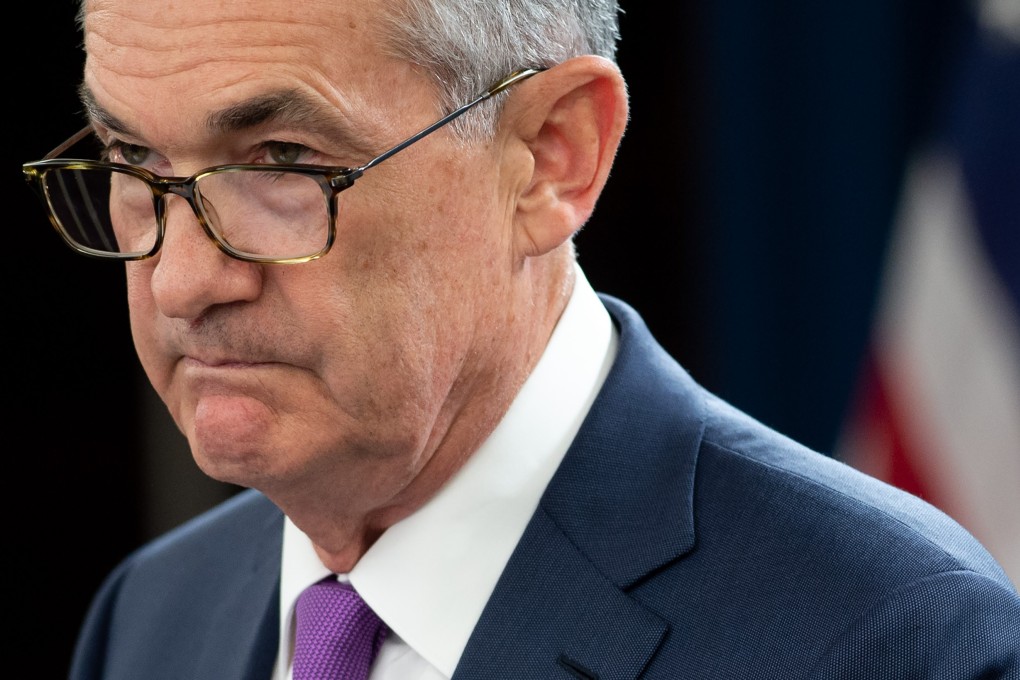All eyes on Fed chief’s comments as China’s growth outlook plays big part in direction of US interest rates
- Washington in focus as Fed assesses health of Chinese economy
- Beijing in focus as Chinese policymakers assess effect of US rates rise

Chinese economic policymakers will be watching the Federal Reserve on Wednesday, when the US central bank is widely expected to increase its main interest rate for a fourth time this year.
An increase is not expected to prompt an immediate response from Beijing, but officials, like other observers, will be listening closely to the tone of Fed chairman Jerome Powell’s remarks for clues as to the path of US interest rates next year, experts said.
With the global economy slowing, many analysts think the Fed will raise rates less frequently in 2019 than anticipated earlier this year.
The Fed’s judgment on when and by how much to raise interest rates next year will depend in no small part on the decisions that Chinese policymakers take to stabilise their economy.
Coincidentally, the Fed’s meeting runs over the same two days as China’s Central Economic Work Conference (CEWC), during which economic planners will thrash out policy for next year.
And it is clear that the Fed is paying as close attention to Chinese policy as the Chinese are giving to the Fed.
Fed policymakers have made it clear that they set their interest rates based solely on domestic US economic conditions, with foreign influences having an effect on policy only when they influence the US economy.
The slowdown in China’s economy is having just such an impact.